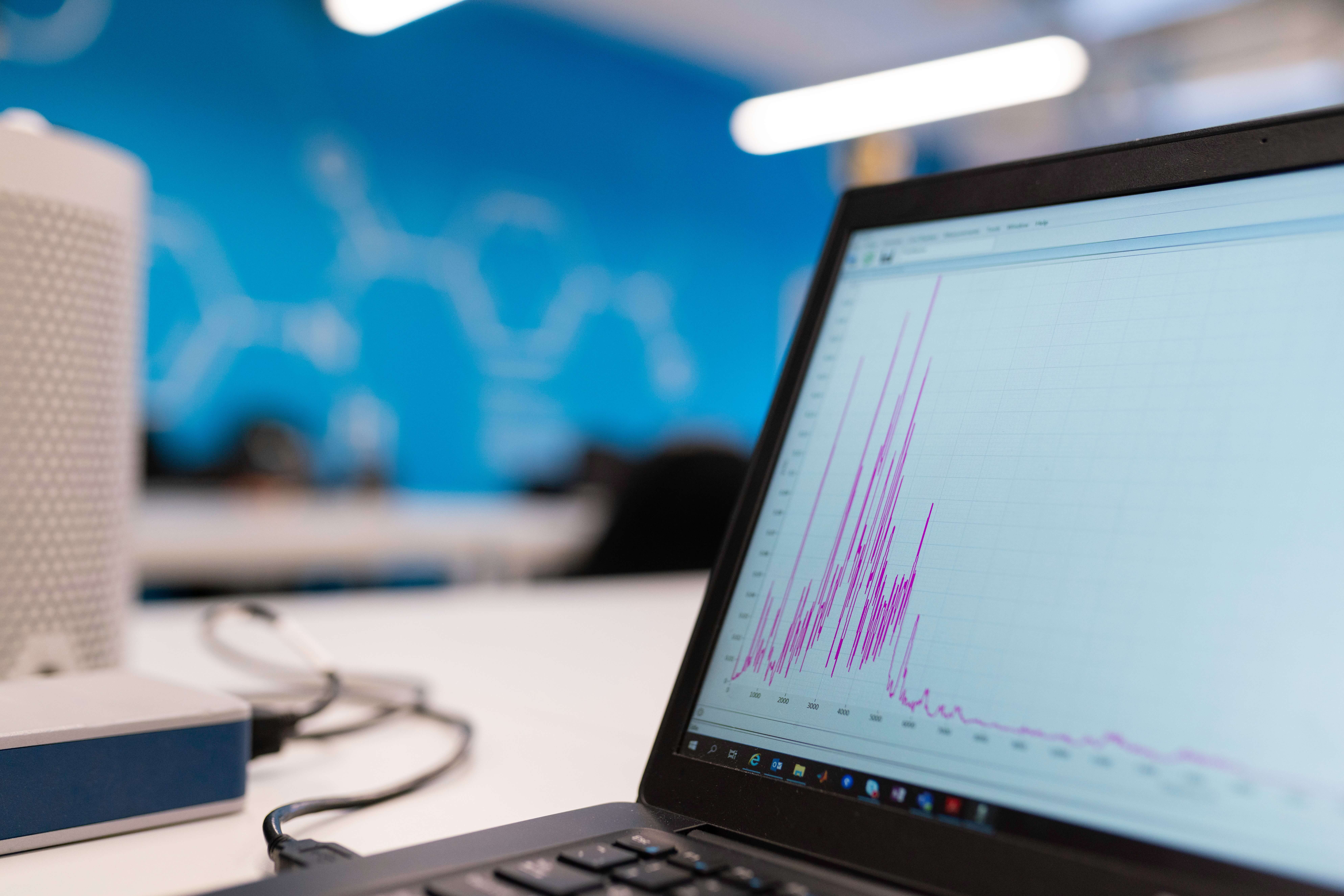Invasion of the Smart Assets
AUTHORS: Mark Knight and Tammy Whipple
 Heavily capitalized businesses depend on their physical assets and often have billions of dollars invested in them. To make sure that an organization has insights into asset health and performance it is necessary to monitor its assets. This has historically been performed either manually or by installing sensors to monitor the assets. Over recent years a third option has been more and more practical as the internet of things and machine learning becomes more and more established. With the availability of ubiquitous high-speed communications and sensors being embedded in more assets, devices are now able to monitor themselves and the system around them. They are also capable of self-diagnostics and remote reconfiguration so that when an issue is detected the asset can be configured to accept different limitations to its performance or to react differently under specified conditions.
Heavily capitalized businesses depend on their physical assets and often have billions of dollars invested in them. To make sure that an organization has insights into asset health and performance it is necessary to monitor its assets. This has historically been performed either manually or by installing sensors to monitor the assets. Over recent years a third option has been more and more practical as the internet of things and machine learning becomes more and more established. With the availability of ubiquitous high-speed communications and sensors being embedded in more assets, devices are now able to monitor themselves and the system around them. They are also capable of self-diagnostics and remote reconfiguration so that when an issue is detected the asset can be configured to accept different limitations to its performance or to react differently under specified conditions.
Smart assets touch many areas of the IAM’s conceptual model. The assets have both physical and cyber competencies, they inform risk through reduced uncertainty and timely information, and can allow for improved situational awareness. Two topics that will be familiar to most readers are Big Data and Digital Transformation.
Data and information management is an important foundation for asset management. Data and the information we gather from it are key enablers for strategy and planning, for decision-making, for asset health and performance monitoring, and for risk management. Good (asset) information enables better decisions to be made, especially those related to asset management activities and feedback for closed-loop systems. It does not however prevent bad decisions being made from good data.
Digital transformations are in full swing throughout industry and this is changing many industries and markets at a fundamental level. This poses enormous challenges for many organizations and creates strong pressure for innovation while incurring costs to implement but with significant potential upsides.
We need to ensure that the data and information we use to enable asset management is accurate, complete, and consistent. But in our focus on the data itself and the systems we use to store and share it, we must not lose sight of the human role in data and information management. People do asset management and people need to understand where the data comes from, how it gets modified, and how it should be used.

